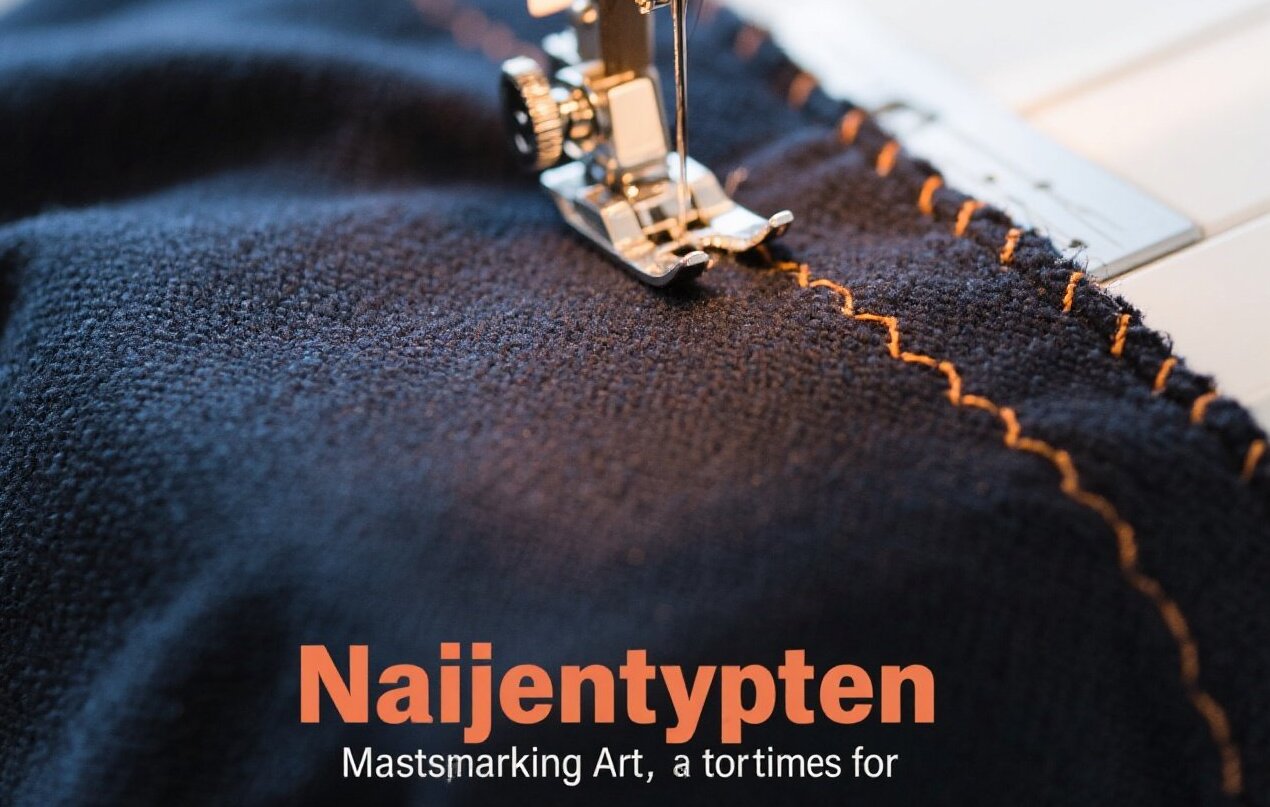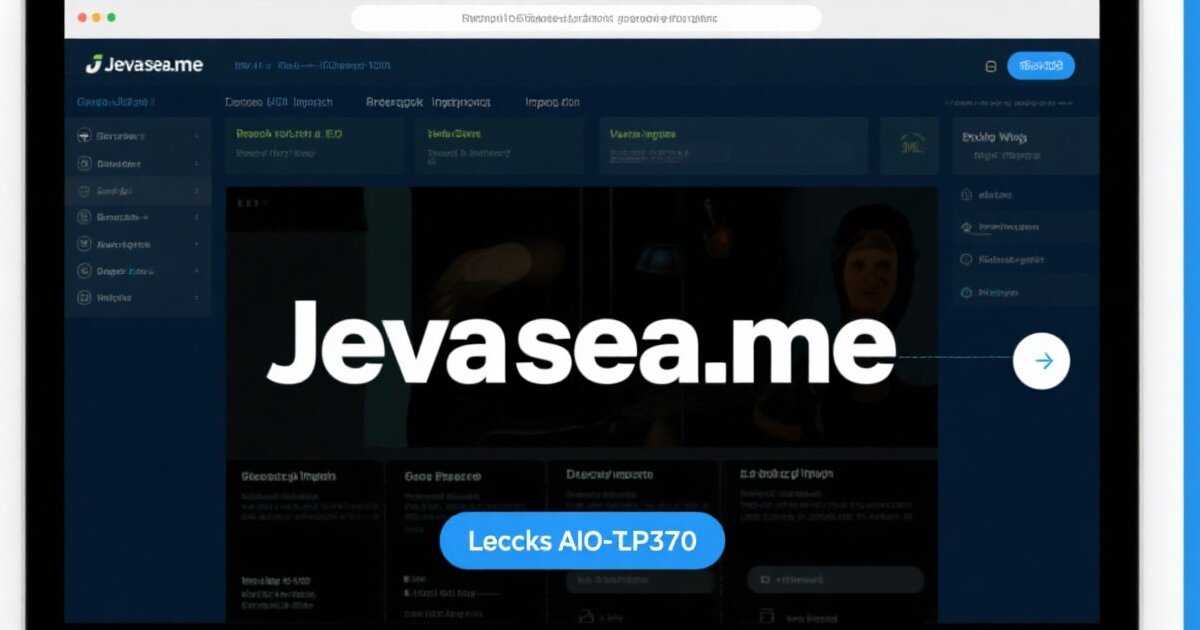1. Introduction – Why Nahttypen Are the Backbone of Sewing and Fashion Design
When you admire a beautifully tailored garment, your eyes may first catch the fabric, color, or silhouette. Yet the true secret to a well-made piece lies in the seams. Known as nahttypen in German, seam types are far more than simple lines of stitches. They determine the garment’s strength, fit, and overall appearance, turning flat pieces of fabric into structured, wearable art. Every seam is a functional design choice, shaping how a garment drapes on the body, how long it lasts, and how comfortable it feels.
Whether you are a beginner learning to sew, a passionate hobbyist, or a professional fashion designer, understanding different seam types is essential. Nahttypen guide decisions about stitch length, fabric preparation, and finishing details. For industrial manufacturers, these seams can be the difference between a product that withstands years of use and one that fails after a few wears. From delicate French seams that add elegance to rugged flat-felled seams built for durability, mastering nahttypen is the key to creating professional-quality clothing and textiles.
2. What Are Nahttypen? – Understanding the Fundamentals of Seam Types
Nahttypen simply translates to “types of seams,” but their role in garment construction is anything but simple. A seam is the junction where two or more pieces of fabric are joined together, but it also contributes to the garment’s structural integrity, flexibility, and aesthetics. Choosing the right seam type ensures that your clothing not only looks polished but also withstands the stresses of wear, washing, and movement.
Several factors influence seam selection. Fabric weight and texture are critical—light, sheer fabrics require delicate seams like French seams, while heavy denim calls for reinforced seams like flat-felled. Garment design and purpose also matter: an evening gown demands invisible seams for a clean finish, whereas sportswear benefits from stretch seams that allow movement. Other considerations include durability needs, such as reinforced seams for work uniforms, and aesthetic goals, like decorative topstitching to create a bold fashion statement. Understanding these fundamentals allows sewers to balance function and style, creating garments that look beautiful and stand the test of time.
3. The Importance of Nahttypen in Textile and Fashion Industries
In both fashion and industrial textiles, seams are the unsung heroes of design. Different nahttypen influence comfort, fit, and visual appeal, making them crucial for garments ranging from high-fashion couture to rugged outdoor gear. For instance, a poorly chosen seam can irritate the skin, distort the fabric’s drape, or even compromise the garment’s safety. In contrast, a carefully selected seam ensures the piece feels good, looks sharp, and lasts longer.
Industrial applications highlight the significance of seam strength even further. Upholstery seams must withstand constant tension and friction, while automotive textiles require seams that resist tearing during accidents. Outdoor equipment such as tents and backpacks depend on waterproof or reinforced seams to maintain safety in extreme conditions. In fashion, seams do more than hold fabric together—they shape silhouettes, create texture, and add decorative flair. Whether you are designing a luxury gown or a heavy-duty work jacket, choosing the correct nahttyp is essential for balancing beauty and functionality.
4. Common Categories of Nahttypen – Essential Seam Types for Every Sewer
Understanding the key categories of nahttypen helps you choose the right technique for any project. Here are the most widely used seam types:
- Open Seam (Offene Naht): This is the most basic seam, created by sewing two fabric pieces together and pressing the allowances apart. It produces a flat, neat finish ideal for lightweight fabrics such as cotton or voile. Open seams are easy to sew and perfect for beginners.
- Closed Seam (Geschlossene Naht): In this method, seam allowances are pressed to one side, creating a stronger, more durable finish. This seam is common in heavy fabrics like denim and wool, making it ideal for jeans, jackets, and sportswear.
- French Seam (Französische Naht): Known for elegance, a French seam encloses the raw edges inside, leaving a clean interior finish. It’s perfect for delicate fabrics such as silk, chiffon, or organza, preventing fraying while adding sophistication.
- Flat-Felled Seam (Kappnaht): Extremely durable and fray-resistant, this seam is frequently used in denim jeans, uniforms, and outdoor gear. Its double stitching provides extra strength and a professional look on both sides.
- Overlock/Serger Seam: Created with a serger machine, this seam trims excess fabric while stitching, providing a flexible, clean edge. It’s ideal for knits, stretch fabrics, and activewear where elasticity is crucial.
These categories form the foundation of garment construction, giving designers the freedom to balance durability, flexibility, and design.
5. Comparison of Major Nahttypen – Strength, Aesthetics, and Applications
To better understand how each seam performs, consider the following comparison:
| Seam Type | Best Fabrics | Durability Level | Aesthetic Appeal | Common Uses |
|---|---|---|---|---|
| Open Seam | Lightweight cotton, voile | Medium | High | Blouses, dresses, skirts |
| Closed Seam | Denim, canvas, wool | High | Medium | Jeans, jackets, workwear |
| French Seam | Silk, chiffon, organza | Medium | Very High | Evening gowns, lingerie |
| Flat-Felled Seam | Denim, twill, outdoor fabrics | Very High | Moderate | Denim jeans, uniforms, tents |
| Overlock Seam | Knits, jersey, stretch | High | High (clean edge) | T-shirts, leggings, activewear |
This table highlights how seam type directly impacts garment strength, appearance, and intended use, guiding you to select the most appropriate option for your project.
6. Nahttypen in Fashion and Creative Design
In the world of fashion, seams are both functional and artistic tools. Designers use nahttypen to sculpt silhouettes, add texture, and create decorative effects. For example, princess seams contour the body, creating a tailored fit in dresses and blazers. Topstitched seams provide a bold, decorative look in casual wear, while invisible seams offer a luxurious, seamless finish for high-end garments.
Seam placement can also define a garment’s personality. A strategic use of flat-felled seams on a denim jacket can add rugged appeal, while delicate French seams inside a silk blouse convey sophistication. Fashion houses often experiment with seam visibility, using contrasting threads or asymmetrical lines to turn a simple seam into a striking design element. In short, nahttypen are more than construction tools—they are integral to the creative process of fashion design.
7. Nahttypen in Industrial and Technical Applications
Outside the fashion world, seam technology plays a vital role in industries where strength and performance are critical. Automotive upholstery requires reinforced seams to withstand years of pressure and movement. Sailmakers use zigzag seams to endure wind stress, while outdoor gear manufacturers rely on flat-felled or bonded seams for waterproofing and extreme durability.
For example, hiking backpacks use double-stitched seams to carry heavy loads without tearing, while tents often incorporate heat-sealed seams to prevent leaks during rainstorms. In these cases, seam selection isn’t just about aesthetics—it’s a matter of safety, reliability, and functionality. Whether for aerospace materials or heavy-duty workwear, industrial nahttypen ensure products meet the highest performance standards.
8. Factors to Consider When Choosing the Right Seam Type
Selecting the ideal seam involves balancing multiple considerations:
- Fabric Weight: Lightweight fabrics like chiffon need delicate French seams, while thick denim requires strong flat-felled seams.
- Garment Purpose: Formal attire often calls for invisible seams, whereas activewear needs stretch seams to accommodate movement.
- Durability vs. Aesthetics: Work uniforms demand reinforced seams for longevity, while couture pieces prioritize invisible elegance.
- Sewing Skill Level: Beginners may start with open seams, while professionals can explore more complex options like lapped or bonded seams.
Carefully evaluating these factors ensures that your seam not only complements your fabric but also enhances the overall garment performance.
9. Modern Innovations in Nahttypen – Seam Technology for the Future
As textile technology evolves, new seam methods are transforming how garments are made. Laser-sealed seams eliminate needle holes, creating waterproof finishes ideal for sportswear and rain gear. Bonded or heat-sealed seams use adhesive films to fuse fabrics, producing a sleek, seamless appearance popular in luxury fashion. Meanwhile, stretch seams with high-tech elastic threads provide maximum flexibility for activewear.
Sustainability trends are also shaping seam innovations. Designers are experimenting with recycled threads, biodegradable adhesives, and energy-efficient bonding techniques to reduce environmental impact. These advancements prove that nahttypen are not static—they continue to evolve, keeping pace with modern fabrics and consumer demands.
10. Step-by-Step Guide to Sewing Key Nahttypen
Here are practical tips for mastering essential seams:
- Plain Seam: Align fabric pieces right sides together, sew with a consistent seam allowance, then press open for a flat finish.
- French Seam: Begin by sewing wrong sides together with a narrow seam. Trim, press, and stitch again with right sides together to enclose raw edges.
- Flat-Felled Seam: Sew a standard seam, trim one allowance, fold the other over it, and stitch down for a clean, double-stitched finish.
- Overlock Seam: Use a serger to trim and stitch simultaneously, ensuring a neat, stretch-friendly edge.
Use high-quality threads and press each seam as you work to achieve professional results.
11. Tips and Tricks for Perfecting Professional-Looking Seams
To elevate your sewing projects:
- Always press seams with an iron after stitching to flatten bulk and set stitches.
- Match thread type and color to your fabric for a polished appearance.
- Maintain consistent seam allowances using guides or machine settings.
- Reinforce stress points like pockets and armholes with backstitching or double seams.
Avoid rushing—precision and patience are key to achieving professional-quality garments.
12. Creative Ways to Use Nahttypen in Unique Designs
Nahttypen aren’t limited to traditional construction. Designers often use seams as decorative elements, experimenting with:
- Contrasting thread colors on flat-felled seams for bold, visible details.
- Asymmetrical seam placements to create avant-garde silhouettes.
- Mixing seam types—combining French seams with overlock edges for a modern twist.
These creative techniques transform seams from hidden necessities into powerful design statements.
13. Challenges and Common Mistakes When Working with Nahttypen
Even experienced sewers face challenges. Common mistakes include:
- Choosing the wrong seam type for the fabric, leading to fraying or puckering.
- Ignoring machine tension settings, which can cause uneven stitching.
- Skipping pre-washing fabrics, resulting in shrinkage and distorted seams after washing.
- Neglecting to press seams, leaving bulky or uneven edges.
Recognizing and avoiding these pitfalls will save time and improve garment quality.
14. Conclusion – Stitching Together Function, Strength, and Style
Mastering nahttypen is the gateway to creating garments that are both beautiful and durable. From delicate French seams that elevate luxury fabrics to industrial-strength flat-felled seams for rugged applications, each seam type offers unique benefits. By understanding fabric characteristics, project goals, and modern innovations, you can confidently select the perfect seam for any design. Whether you’re a beginner practicing basic techniques or a professional exploring cutting-edge bonding methods, nahttypen will elevate your sewing from simple construction to true craftsmanship.
15. FAQs on Nahttypen
Q1. What is the strongest seam type?
Flat-felled seams are among the strongest, making them ideal for denim, uniforms, and outdoor gear.
Q2. Which seam is best for beginners?
The open seam is easiest to learn and perfect for lightweight fabrics.
Q3. How can I stop seams from fraying?
Use overlock or serger seams, or finish raw edges with pinking shears or binding for long-lasting durability.










